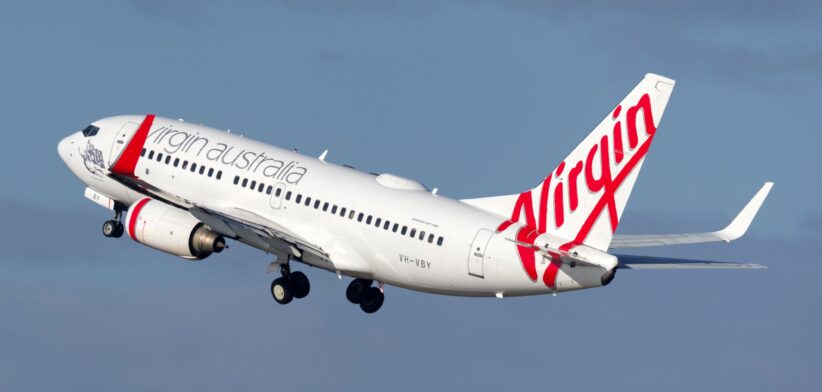Domestic airline passenger numbers have returned to pre-pandemic level, but seats on offer have not kept up with increased demand.
The latest Australian Competition and Consumer Commission (ACCC) Domestic Airline Competition Report found that, in June, the number of seats flown by the major airlines was 2.8 percent lower than in June, 2019.
ACCC Commissioner Anna Brakey said although both Qantas and Virgin had increased capacity since 2019, the industry had not yet filled the gap left by Tigerair’s exit from the market in 2020.
Ms Brakey said, in addition, Rex had reduced capacity on its regional services over this time.
“The withdrawal of Tigerair in 2020 significantly reduced the capacity for low-cost travel from the domestic market,” she said.
“Since then, the lack of growth in seat capacity to meet rising demand has likely meant consumers are paying more than they would have in a more competitive, better-supplied market.”
Ms Brakey said the on-time performance rate for domestic air travel reached a three-year high in April this year following sustained industry efforts to improve the reliability of arrival times.
She said domestic flights arrived at their destination on-time 82.4 percent of the time in April, with Jetstar, Qantas and Virgin all beating the long-term industry average of 80.7 percent.
“The improved performance follows a collective effort by airlines, air traffic controller Airservices Australia and airports.”
Ms Brakey said cancellation rates has also improved and were below the long-term industry average of 2.2 percent in April and May before increasing slightly to 2.4 percent in June.
She said the improvement was largely driven by strong performance by Virgin and Jetstar, with both airlines cancelling just 0.7 percent of their domestic flights.
“Qantas’ cancellation rate continues to be higher than other airlines and on average has been more than double the cancellation rate of Jetstar and Virgin Australia over the quarter to June.”








